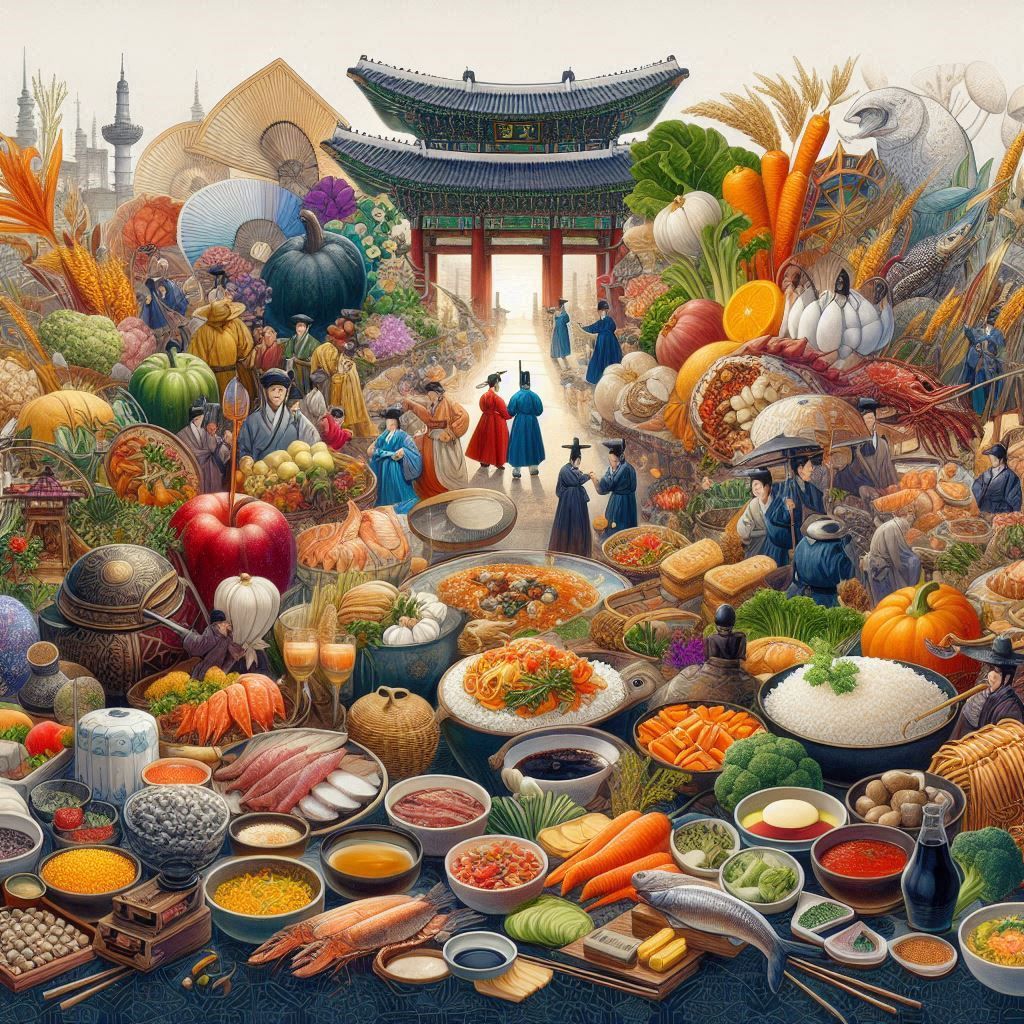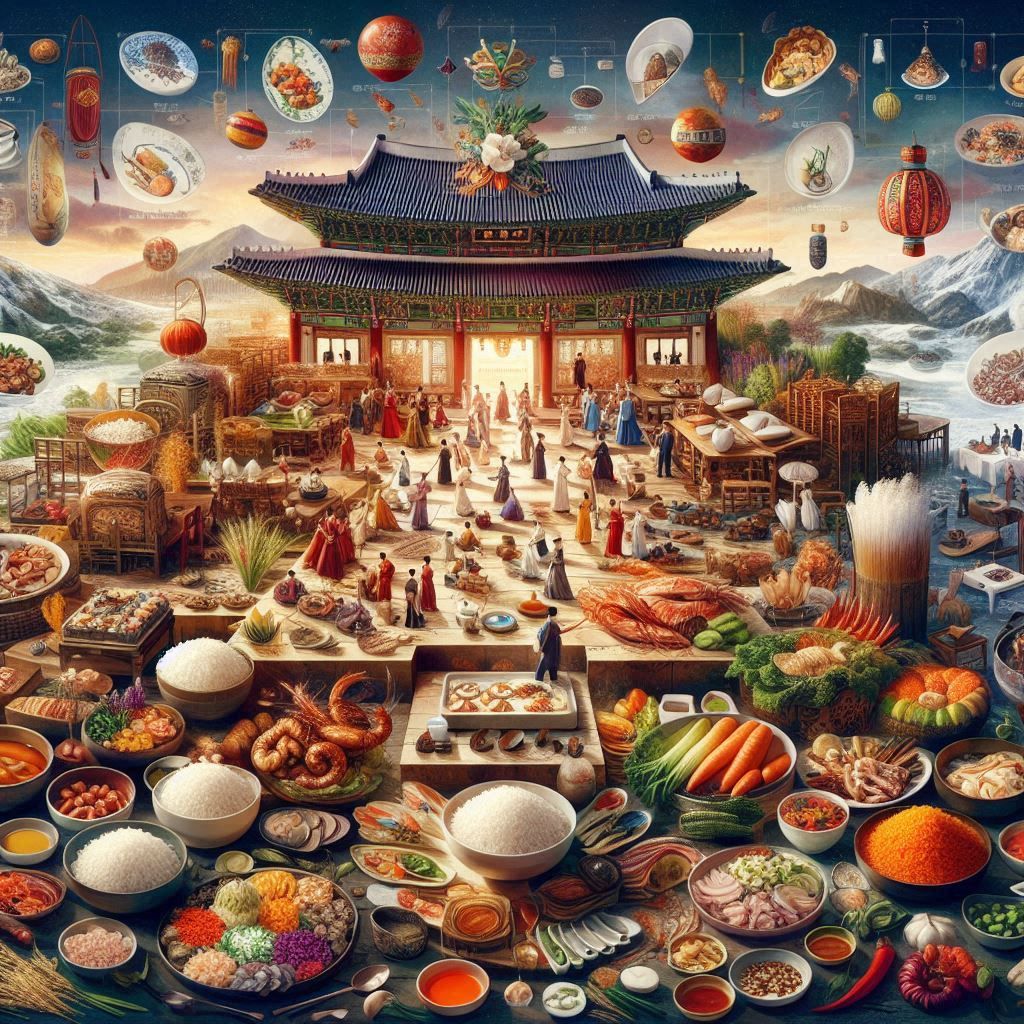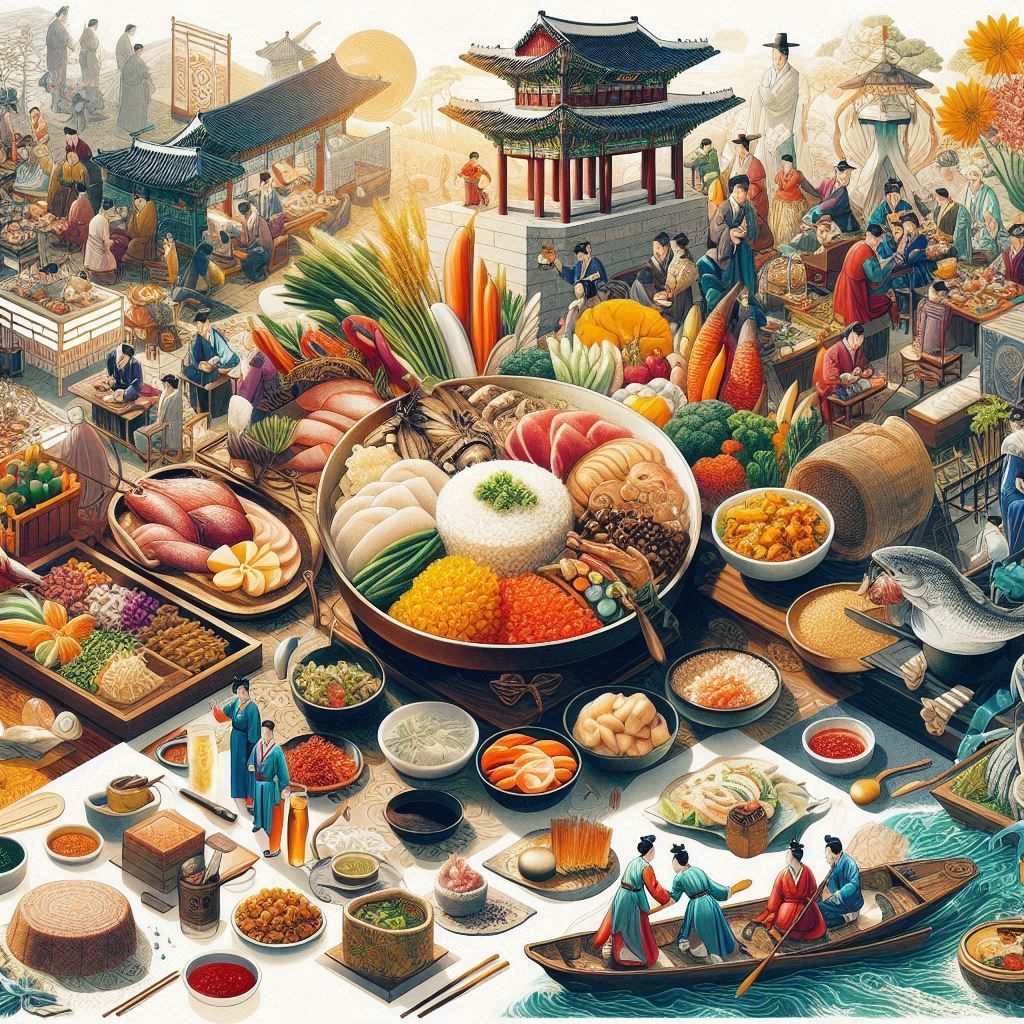What You Need to Know About Secured Credit Card Deposits!
Weighing the Pros and Cons: Using a Personal Loan to Tackle Credit Card Debt.
What to do When Your Auto Insurance Claim is Denied?
Insuring Your Peace of Mind: An Overview of Common Types of Insurance.
About Balance Transfer Basics!
Unveiling the Truth: Debunking Home Insurance Myths.
Korean cuisine has seen many changes over the past centuries, following various social and political movements. It draws from ancient farming and nomadic cultural practices in Korea and South Manchuria to reflect the complexity of cultural influences and ecological systems.
Rice, vegetables, seafood, and meats are among the basics of Korean cooking, although it is worth mentioning that this is more common in South Korea than anywhere else. What is interesting is that dairy products have no place in traditional Korean food.
They are characterized by banchan, or side dishes, accompanying steam-cooked short-grain rice. Kimchi, a fermented vegetable dish, enjoys universal popularity on the Korean peninsula.
Other staples include sesame oil, soy sauce, fermented bean paste (doenjang), garlic, and ginger, as well as a variety of chili-based seasonings.
The traditional royal court cuisine of Koreans was an integral part of national unity, which represented all sorts of culinary customs for this family. In addition to this, Korean cultural etiquette acts as a guiding principle for food behavior patterns in society.
For instance, the making process of kimchi, called kimjang, has been placed on the UNESCO Intangible Heritage List because it holds such cultural significance to Koreans.

A Variety of Side Dishes
Korean cuisine is well known for having a wide variety of side dishes called banchan. These are served with different numbers of accompanying dishes, ranging from two to twelve.
This means that even a simple dinner will have multiple layers of taste in it. The meals in Korean restaurants begin with small bowls of assorted banchan before the main course is served.
Banchan typically consists of vegetable, meat, and seafood dishes, cooked in diverse culinary methods. Unlike Western cuisine, where courses follow each other sequentially, Korean food is all served at once, and the flavors merge into one beautiful whole.
Foundational Elements
For nearly every Korean meal, rice makes up its heart and soul. Rice still remains the most important part of any meal, despite noodles occasionally being used to make complete meals. Some diets offer super-low-carbohydrate alternatives, though.
Soups and stews usually come in individual bowls for each person at the table instead of just being served collectively, like in many other places.
The family-style dining includes several side dishes as well as entrees, which can be meat, fish, or tofu-based dishes, placed in the center of the table so that everybody can share.
Alternatively, there might be a big-pot dish that takes precedence over anything else, such as a family-style eating plan.
Common Ingredients in Korean Food
For centuries, Korean people have refined their skill in food preservation, and as a result, numerous side dishes are pickled, salted, or fermented with more spice.
For instance, kimchi is a spicy cabbage dish widely known across Korea that has over 100 variations and uses many vegetables, including some non-spicy ones. Besides hot stews and soups, Koreans enjoy numerous cold or room-temperature side dishes.
Due to the fact that it is a peninsular country, Korea has always had a seafood bias in its cuisine. It is only in the last fifty years or so that meat consumption has been on the rise.
Some of the main spices and saucy things used in Korean cooking are sesame oil, chili pepper paste (gochujang), soy sauce, garlic, ginger, and scallions. As a consequence of this intensity of flavor, most Korean dishes feature boldness and savoriness.

Various Regional Cuisines of Korea
Korean regional foods, also called hyangto eumsik in Korean, are a rich and diverse mosaic of local delicacies and unique culinary arts deeply rooted in the country’s varied cooking culture.
Such culinary heritages have been strictly preserved within historical boundaries that corresponded to Joseon-era administrative units that had divided Korea into eight provinces.
The North region included Hamgyeong Province, Pyeongan Province, and Hwanghae Province, while Gyeonggi Province, Chungcheong Province, and Gangwon Province constituted the Central region. The southern region was made up of Gyeongsang province and Jeolla province.
Up until the late 19th century, limited means of transport ensured that distinct flavors and cooking styles were maintained within each geographical division.
Similarly, differences in geography, including climate variations and farming methods, also contributed to the uniqueness found among the various types of food items.
Korean Traditional Royal Cuisine
Known collectively as Gungjung Eumsik during the pre-modern era, the culinary creations of the royal palace in Korea echoed the extravagant lifestyles of past rulers.
This tradition of opulence dates back to the Silla dynasty, where grand banquets were organized at Anapji Lake, Gyeongju, a site with pavilions and halls dedicated only to sumptuous feasts. An example is Poseokjeong, a waterway where wine cups floated, and guests composed poems.
Royal cuisine showcased culinary excellence, borrowing from various cuisines, like regional influences emanating from the peninsula's kingdoms and neighboring countries.
The royal family savored delicacies and specialties from different regions, ensuring that they had an enriched experience during meals. There are historical records predating Joseon that show the variety of food served in royal banquets, but no specific dishes are mentioned.
Unlike commoner meals, royal cuisine did not respect seasonal variations, instead priding on a dynamic menu. Each month, governors from eight provinces send ingredients to the palace, giving cooks enough choices to make regal feasts representing different local cuisines.

Korean street food
During the day, you can always get affordable and tasty street food in South Korea from pojangmacha, a moveable cart that operates during the day. Food can be taken away or eaten on site. At night, they convert into small tents with a variety of food, drinks, and alcohol.
Street vendors provide different foods for each season. For instance, autumn and winter offer hotteok and bungeoppang, while gimbap and tteokbokki are all-time favorites in the streets.
Besides these, there are also a host of other Korean street foods, such as sundae, twigim, and eomuk, often enjoyed with tteokbokki. In winter, we have specialties like gyeran-ppang (egg bread) and hoppang, which are much-loved treats.
Conclusion
From the communal tables of Korean households to the bustling streets of Seoul, Korean cuisine reflects a deep appreciation for tradition, innovation, and regional diversity.
Whether savoring the fiery heat of kimchi or indulging in the savory delights of royal cuisine, every dish offers a glimpse into Korea's rich culinary heritage, inviting diners on a sensory journey through the flavors of the peninsula.